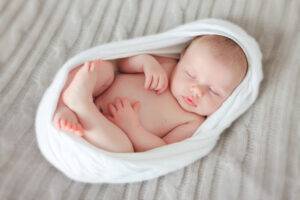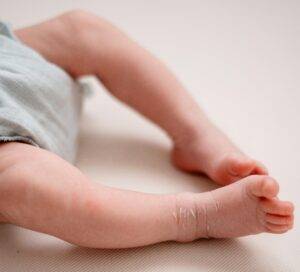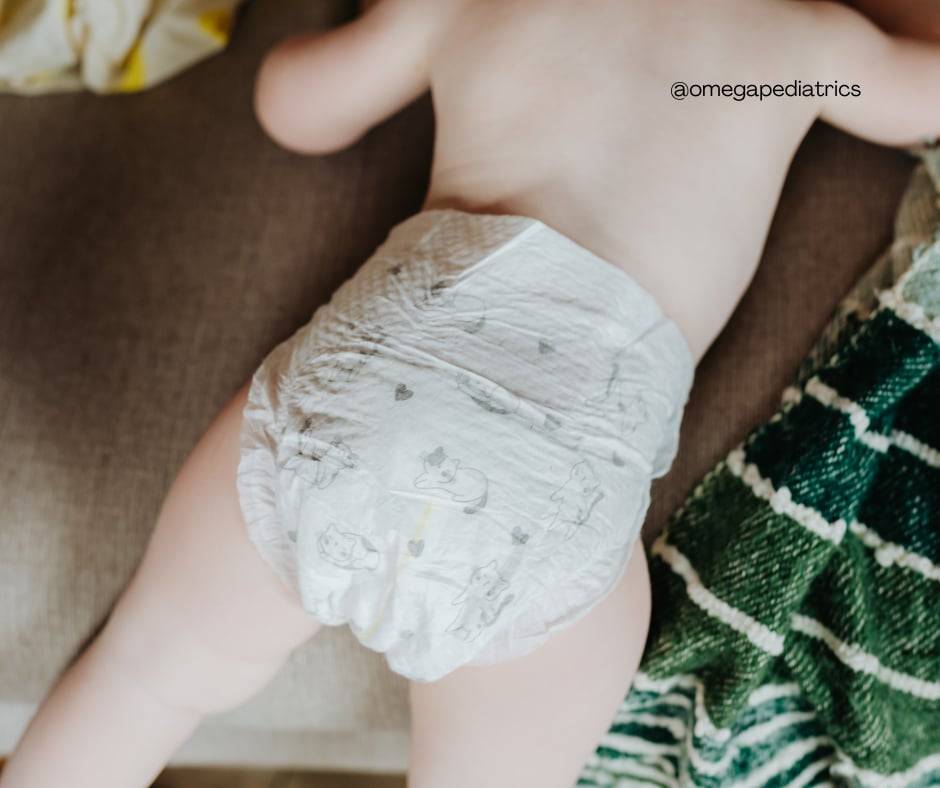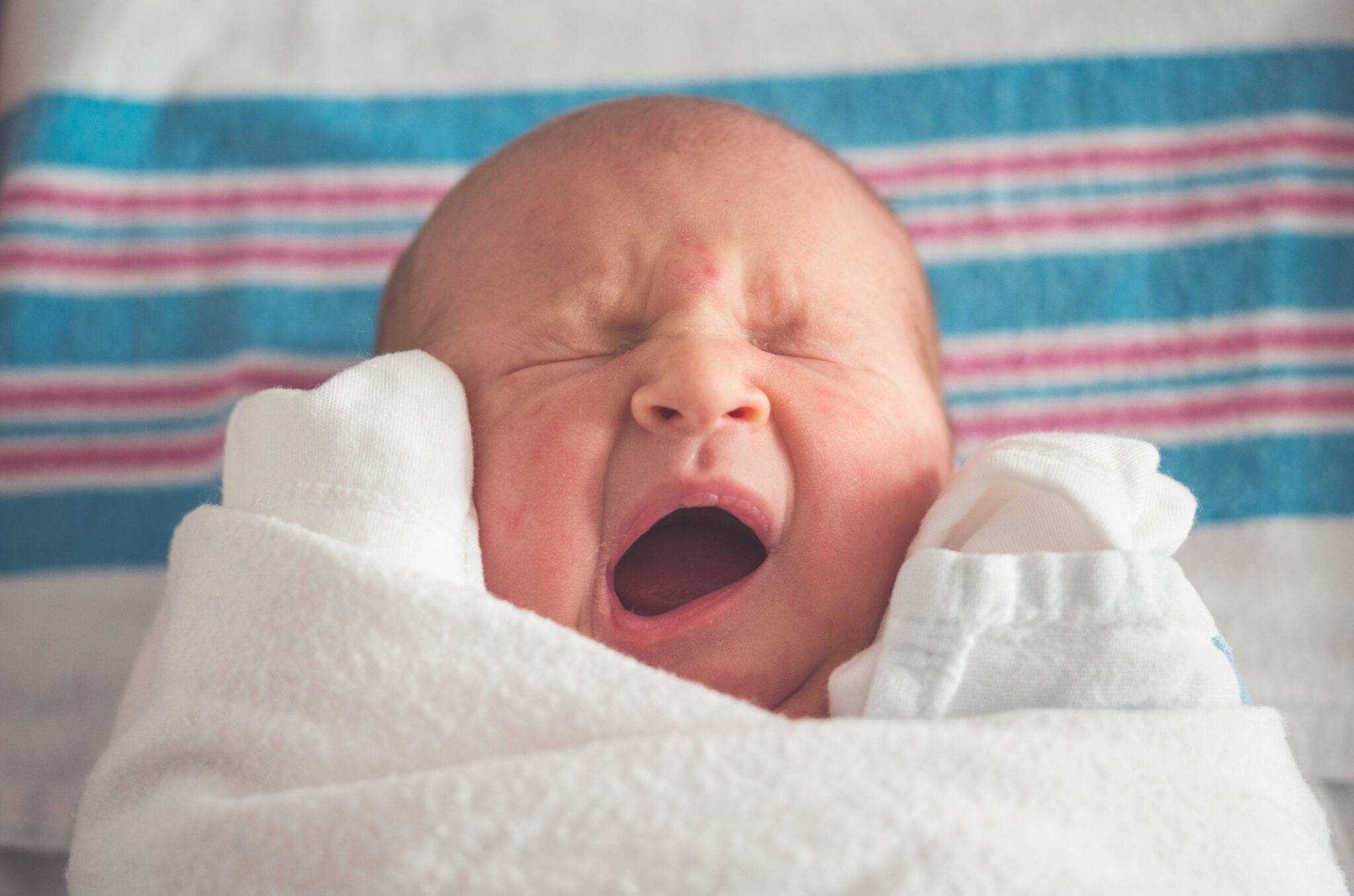Especially for new parents, you marvel at every tiny feature your newborn baby has. You observe every little movement, every sound, and you can’t help but notice how soft and delicate their skin is. One thing that can catch your eye is when your newborn baby without eyebrows. It’s not surprising to wonder, “Is this normal? Should I be concerned?” Let’s dive deep into why some newborns may not have eyebrows, what it means, and what you should expect as your baby grows.
Newborn Baby Without Eyebrows: The Causes
1. Normal Newborn Development is a Gradual Process
The absence of eyebrows is typically part of normal newborn development. Babies develop at their own pace; not all physical features are fully formed at birth. Hair growth, including eyebrow hair, can vary significantly among babies. Some babies are born with a full head of hair, while others have a few wisps.
Similarly, some babies have visible eyebrows, while others have eyebrows that are so fine or light they seem invisible. The hair follicles that produce your baby’s eyebrows are already there, but the hair takes time to become more pronounced.
2. Presence of Lanugo and Cradle Cap (Seborrheic Dermatitis)
Lanugo is the fine, soft hair that covers a fetus in the womb, providing protection and warmth. While lanugo typically sheds before birth, some newborns may still have it at birth or shortly after birth. If a baby has lanugo, it might temporarily obscure the appearance of eyebrows. Additionally, cradle cap, is a common condition affecting the newborn baby’s scalp and other areas like the eyebrows. It appears as flaky, scaly patches and is usually harmless. It can sometimes make it seem like a baby has no eyebrows if the flakes cover the area
3. Genetic Influence on Hair Growth
Genetics plays a role in the appearance of your baby, including the presence (or absence) of eyebrows. If one or both parents have light or thin eyebrows, it’s possible that your baby inherited those same traits. Just like the color and texture of their hair change over time, their eyebrows also develop more fully as they grow. In most cases, eyebrow hair will thicken and become more visible over the first few months of life.
4. Prematurity and Developmental Factors
Another factor is whether your baby was born prematurely. Babies born early may not have developed all their physical features, including eyebrows. Many premature babies have fine body hair known as lanugo, which makes it harder to see any distinct eyebrow growth. Lanugo disappears within a few weeks after birth.
As your baby grows and develops outside the womb, their eyebrows and other physical features become more apparent. This process takes longer in premature babies, but it’s part of their normal growth pattern.
Newborn Baby Without Eyebrows: How Soon Will Eyebrows Grow?
Timeline for Eyebrow Growth
While some babies have noticeable eyebrows from birth, many don’t show significant eyebrow growth until they’re a few months old. Typically, the eyebrows become visible at 2–6 months of age. During this time, your baby undergoes developmental changes, and the growth of their hair, including their eyebrows, is part of this overall process.
Babies grow at different rates. There’s no strict timetable for when your baby’s eyebrows appear or become darker. Some babies take longer than others to develop more pronounced eyebrows, but this variation is normal.
Hair Color and Texture Changes Over Time
It’s not uncommon for a baby’s hair color and texture to change over time. This includes the hair on their head and their eyebrows. If your baby’s eyebrows seem light or thin at birth, they become darker or thicker as they grow. Hair color changes due to genetics and exposure to environmental factors, like sunlight, and changes in diet as your baby transitions from breast milk or formula to solid foods. Additionally, some babies are born with fine hair coverings that fall out after a few months.
This hair loss involves the whole body, including the scalp and the eyebrow. After the hair sheds, new and thicker hair grows in its place, giving the baby defined eyebrows.
Newborn Baby Without Eyebrows: Could It Be a Health Concern?
1. Genetic or Congenital Conditions
In the majority of cases, a newborn without visible eyebrows is healthy. However, in rare instances, the absence of eyebrows is a genetic or congenital condition that affects hair growth. One example is ectodermal dysplasia, a group of disorders affecting the development of hair, teeth, nails, and skin.
Babies with this condition have sparse hair, very fine or absent eyebrows, and other physical symptoms such as missing teeth or unusually shaped nails. While ectodermal dysplasia is rare, your pediatrician would diagnose it based on signs and symptoms beyond the absence of eyebrows. If your baby doesn’t have other developmental concerns or unusual physical characteristics, it’s unlikely that this condition is the cause of their sparse eyebrows.
2. Nutritional Deficiencies and Hair Growth
A lack of nutrients contributes to hair growth issues, including eyebrow development. For example, biotin, zinc, or iron deficiencies affect hair and eyebrow development. However, this is unlikely in newborns receiving proper nutrition through breast milk or formula to support their overall growth, including hair development.
If you have concerns about your baby’s nutrition, particularly if you’re concerned about their hair or eyebrow growth, discuss your baby’s diet with your pediatrician to ensure your baby is getting everything needed to thrive.
3. Hormonal and Endocrine Imbalances
Another rare cause of eyebrow abnormalities in babies is a hormonal imbalance, such as congenital hypothyroidism. Hypothyroidism occurs when the thyroid gland doesn’t produce enough hormones to regulate metabolism and growth. Newborns with untreated hypothyroidism experience delayed growth, dry skin, and, in some cases, hair that doesn’t grow as expected, including eyebrows.
In infants, this condition is identified through routine newborn screening tests, and one of the signs of hypothyroidism is sparse hair growth, including absent or thinning eyebrows. Congenital hypothyroidism is rare, affecting about 1/2000 to 1/4000 babies in the US. Early detection through newborn screening ensures babies receive treatment early to support normal development. If your baby is diagnosed with such a condition, your pediatrician will develop a care plan that supports your baby’s growth.
Tips to Care for Your Newborn’s Skin and Eyebrows
- Use Gentle Skincare Products

Newborns have sensitive skin, and skin around the eyebrows is no exception. When caring for your baby’s skin, less is often more. Use gentle, fragrance-free products that are formulated for babies. Avoid harsh chemicals or skincare products around your baby’s eyebrows that irritate their delicate skin or hair follicles.
When cleaning your baby’s face, use plain water or a mild, tear-free baby wash. Avoid scrubbing or rubbing the area around the eyebrows, as this could irritate them. If your baby’s skin seems dry or flaky around the eyebrows, talk to your pediatrician about safe moisturizers or treatments for sensitive skin. There’s no need to use special hair or eyebrow growth products—your baby’s eyebrows will develop naturally without additional help.
- Avoid Trying to Stimulate Eyebrow Growth
While it’s tempting to stimulate eyebrow growth by massaging or brushing the area, this isn’t necessary and could irritate your baby’s skin. Newborn hair and skin are delicate, and too much handling leads to irritation or even minor hair loss. Leave your baby’s eyebrows to grow at their own pace. It’s best to let nature take its course.
Eyebrow hair will thicken and become more defined independently, without grooming techniques or special treatments. Just as your baby’s scalp hair will grow in its own time, the same is true for their eyebrows.
- Ensure Adequate Sun Protection
If your baby’s eyebrows are very light or not yet visible, they may be more vulnerable to sun exposure. If going outdoors with your baby, protect their face from sun exposure. A wide-brimmed hat or stroller canopy provides shade and avoids direct sunlight during peak hours. Babies under six months old should not use sunscreen, so providing shade is the best way to keep their skin safe. Keeping their skin covered protects them from harmful UV rays and prevents sunburn on their delicate skin.
When to See a Pediatrician For Your Newborn Baby Without Eyebrows
- Persistent Lack of Eyebrows Beyond Six Months
While most babies develop noticeable eyebrows within the first few months of life, if your baby’s eyebrows are still absent or sparse after six months, it’s worth discussing with your pediatrician. Although this is within the range of normal development, your doctor will assess for underlying health conditions that affect delays in hair growth.
Your pediatrician will check for other signs of healthy development and may order tests if they suspect a hormonal imbalance or genetic condition. In most cases, your baby’s lack of eyebrows will be a cosmetic concern that resolves with time.
- The Cradle Cap Extends to the Eyebrows
Cradle cap, a common skin condition in infants, can sometimes extend to the eyebrows. The cradle cap on the eyebrows appears as crusty, yellow, or white scales. However, you seek your pediatrician if the cradle cap gets worse after home treatment or lasts beyond 12 months. Much more, if the cradle cap is draining pus or fluid, crusts are forming, or causing discomfort to your baby.
- Presence of Accompanying Symptoms

If there are accompanying unusual symptoms, such as dry nails, delayed or poor growth, dry or flaky skin, or sparse hair elsewhere on the body, it could be a sign of an underlying health condition that needs to be addressed immediately. Bring your baby to the pediatrician for a thorough evaluation and assessment.
Conditions like ectodermal dysplasia or hypothyroidism often present with multiple symptoms, so if your baby’s eyebrows are missing but they’re otherwise healthy and part of normal development, it’s nothing to worry about. However, being proactive about your baby’s health by consulting your pediatrician is always the best approach.
Newborn Baby Without Eyebrows: Embrace Your Baby’s Unique Development
In most cases, a newborn without eyebrows is their path of development. There is a wide range of normal baby hair growth, and the absence of visible eyebrows at birth is usually nothing to be concerned about. Most babies develop more noticeable eyebrows as they grow, from a few weeks to several months.
As parents, it’s natural to be overly aware of every detail about your baby, especially in those early weeks. Rest assured, in most cases, your baby’s eyebrows will fill in and become more defined over time. If you have concerns about your baby’s health, including hair growth or lack of eyebrows, don’t hesitate to seek your pediatrician.
Your child’s pediatrician will provide guidance and support to ensure your baby is growing and thriving. For more insights into newborn care and development, check out these helpful articles on our website:
- Understanding Why Newborn Baby is Red: A Complete Guide for Baby’s Comfort
- Here are 7 Reasons Why a Pediatrician is Best for Your Newborn
Every baby is different, they grow at their own pace. Celebrate the little milestones and know that whether or not your baby has eyebrows right now, they are growing and changing beautifully every day.






